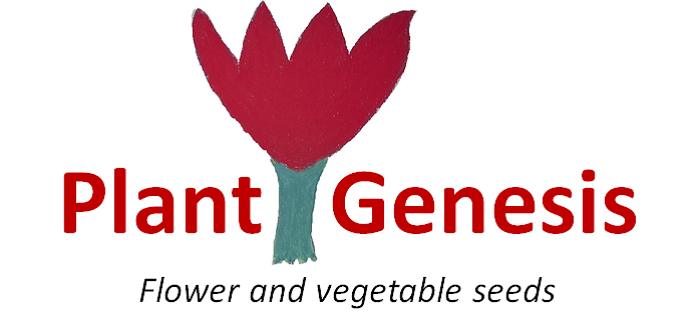Blue Stars are striking perennial plants from the Iris family, with clumps of strap-like leaves and spikes of attractive blue flowers in July and August. The flowers are held on strong stems up to 1m tall sitting above a base of leaves about 50cm tall. These are good border plants for milder gardens and good pot plants. Pollinators are attracted to the open single flowers.
Blue Stars are half-hardy plants originating from mountainous areas on the eastern side of Southern Africa, needing protection from hard frosts. They grow well in milder inner city gardens in the UK and outside in warmer southern and western gardens. They grow nicely outside in our damp Cornish garden. In colder gardens lift these evergreen plants in autumn and keep them in a greenhouse over winter.
Pack of 50 seeds. Sow the seeds anytime, typically winter or early spring, to allow for a full season of growth. Plants mature in 2-3 years when flowering starts. Sowing instructions and a colour photo are printed on the packet.
See how your seeds are packed.
